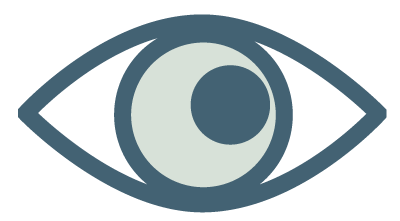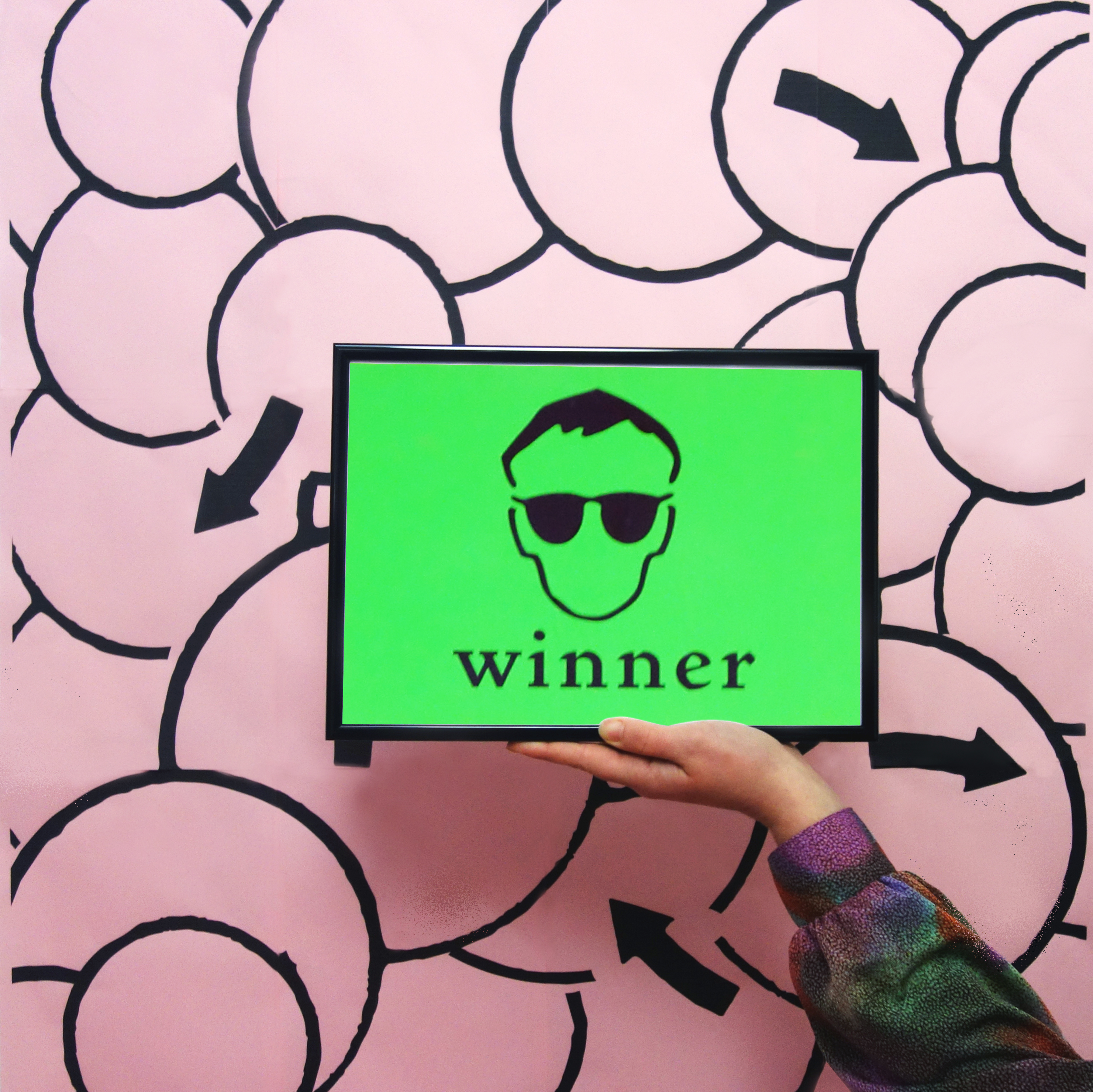
Urban Environment and it's Citizens / British Arts Council Residency in Aarhus, Denmark / Collaboration w/ Ben Peppiatt / Cultural Capital of Europe / Creative World Forum 2017
During August 2017, myself & visual communicator Ben Peppiatt were awarded a research residency from the British Council and Creativity World Forum 2017 to visit the then European Capital of Culture, Aarhus in Denmark.
We went out to absorb new ideas and practises from the city and its inhabitants. We condensed our learnings into an experiential workshop which ran as part of the 2017 Creativity World Forum. We invited participants to Come Flux With Us! - to engage with new ways of thinking about their surrounding environment, imagine new perspectives and alternative futures.


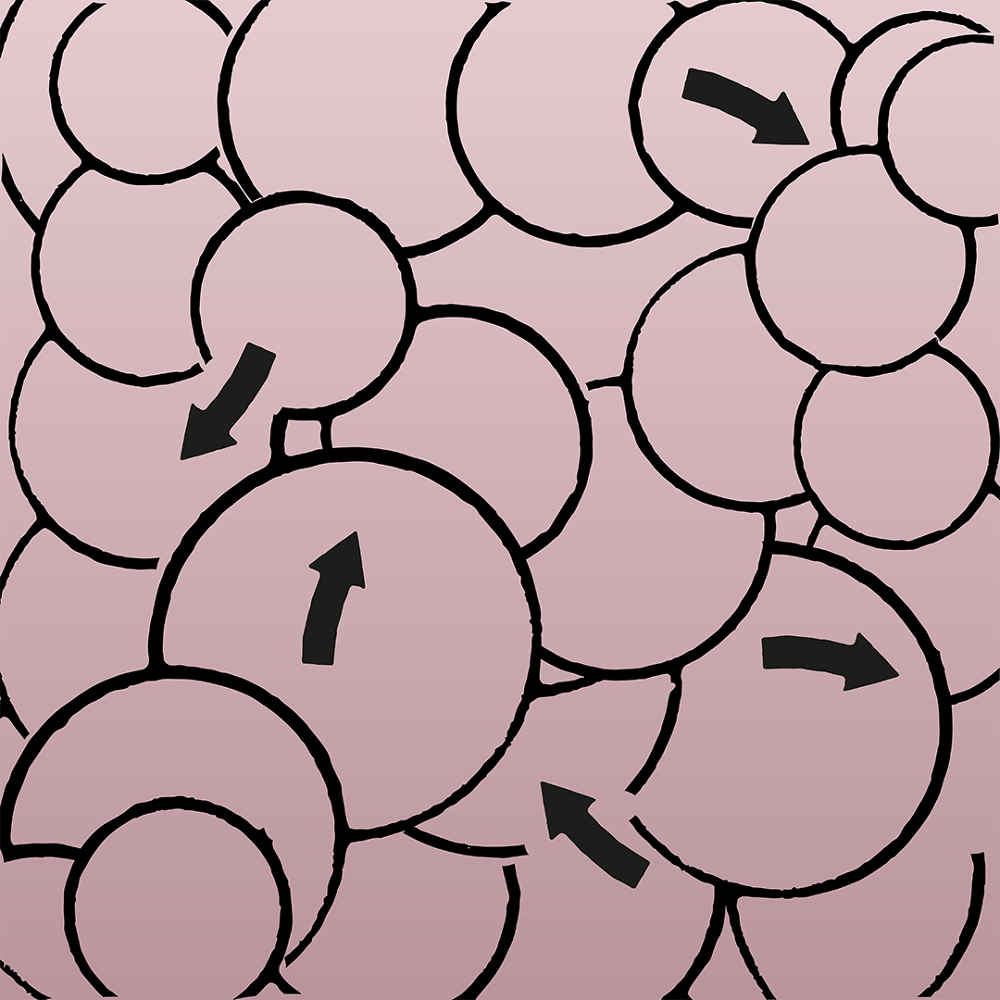

During August 2017, myself and contemporary artist Stephanie Bickford-Smith were awarded a research residency from the British Council and Creativity World Forum 2017 to visit the then European Capital of Culture, Aarhus in Denmark.
We went out to absorb new ideas and practises from the city and its inhabitants. We condensed our learnings into an experiential workshop which ran as part of the 2017 Creativity World Forum. We invited participants to Come Flux With Us! - to engage with new ways of thinking about their surrounding environment, imagine new perspectives and alternative futures.




Focusing on urban transition, we defined 4 key profiles that define change; INSTIGATOR, NON-MOVER, WINNER, VICTIM. When change happens where do you stand? Are you an Instigator or a Non-Mover - do you drive change or are you comfortable with the status quo? Transition is a turbulent time during which there are those whose lives are shaken up & others able to find opportunity amongst the chaos.
INSTIGATOR:
Martin Thim is a native Aarhusian who has made his stamp on the city. Along with his associate Daniel Walsh and the Friends of the Kulbroen, he has spearheaded re-development of the previously redundant coal bridge in the old harbour area. Without owning the land or having the capital to buy it, they have managed to stake their claim by holding public events around the monument. After years of conversation with the Municipality, the Kulbroen project is reshaping how people see this old part of town, looking to continue the growth of the area as a creative & entrepreneurial hub whilst improving the social cohesion of the city.
NON-MOVER:
One day when swimming at the beaches North of the city, we met a lone swimmer. She expressed her disappointed at the redevelopment plans that looked to change the wooded areas around this part of the city. Change was not something she wanted but she had resigned herself to the inevitability. To us a Non-Mover is not necessarily a negative title, it doesn’t always mean fighting change, it can just be someone who is comfortable in their environment. Equally the desire to change is also not always positive, huge ego’s and pockets can inspire unnecessary waste in the name of legacy. Perhaps most of us are Non-Movers, how many of us challenge the way we use cities with the ways we live or do we tend to follow conventions?
WINNER:
The Institut for X is "a laboratory for bottom-up hands-on urban development in Aarhus". From the very beginning and throughout its existence they always knew they were living on borrowed time. “Bulldozer Day” was always coming and it drove them to adopt architectural, urban development entrepreneurial processes to create fast. Instead of allowing a state of transition overwhelm them, they have turned it into a driving creative motivation. Instead of building permanent monuments they have formulated a driven creative community that can move and adapt to new surroundings. The question arises as to how long creative nomads can maintain a foothold in a developing city as more and more areas are swallowed up by redevelopment. Can a state of transition be sustained as part of an urban development plan?
VICTIM:
New construction and redevelopment signifies success and progression to many but have they ever had to live inside a building site? London is in a state on continual development and it can be hard to escape the disruption of construction. Gellerup, an area of Aarhus is undergoing redevelopment on an alarming scale. To find yourself in a giant building site with the ground torn open all around you is hugely disorientating. It is hard not to feel insignificant against the scale of the financial powers transforming the area. Redevelopment can improve environments but local residents have to often live through years of upheaval. If cities continue to grow and are continually building for the future then when do they ever become liveable?

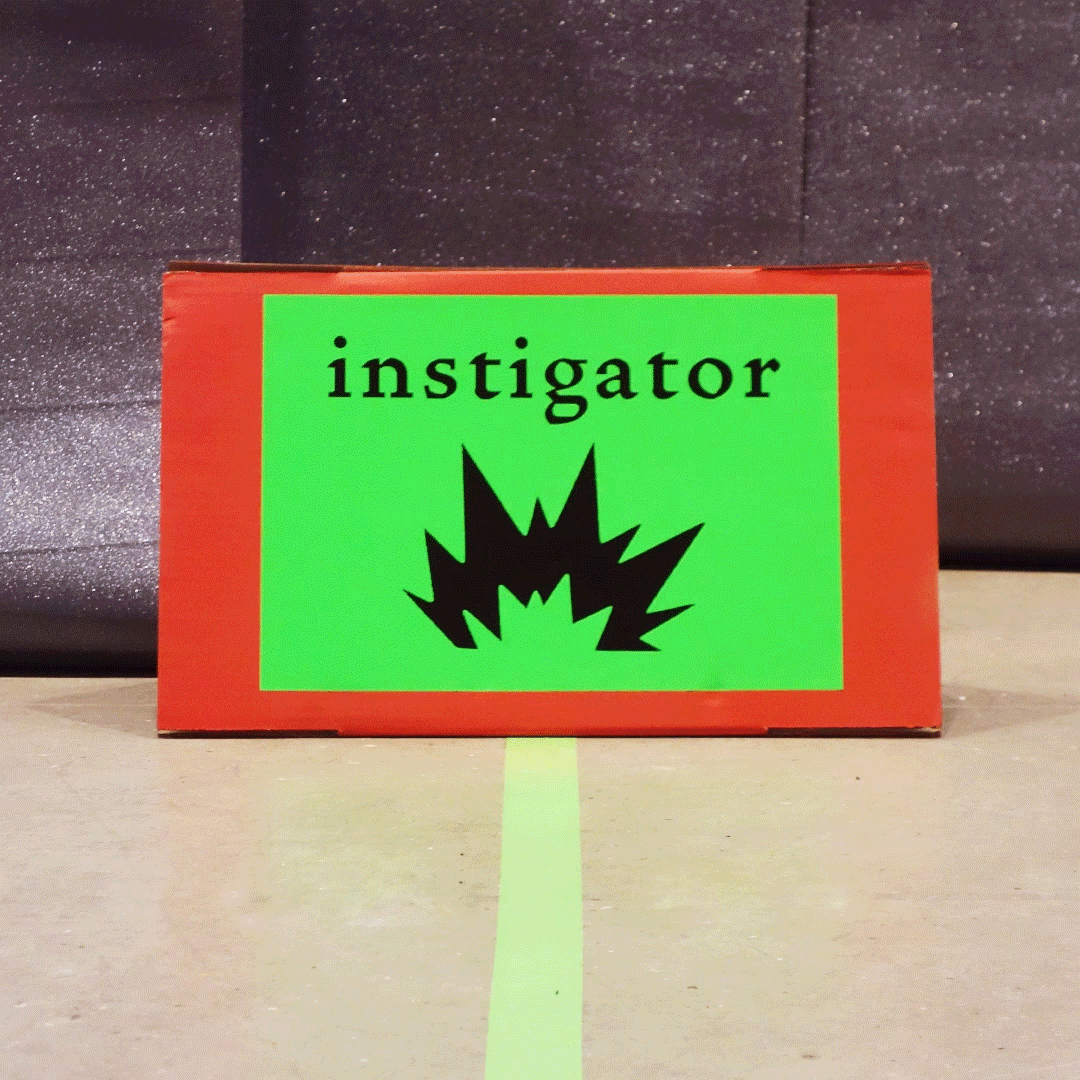



From our experiences, we felt discussions around urban development plans were often too formal and top down. We became interested in exploring more theatrical means to conduct these conversations, to encourage participants to look at their habitat in more detail and imagine alternative perspectives.
Therefore, using our four extremes of transition, we designed a floor chart upon which to conduct our workshop. After introducing our participants to the space we asked them to physically position themselves on the chart for their work, home & social lives. We asked them to consider how the environment impacted their thinking. Each participant marked down their position and noted their thoughts.





During our research trip we amassed “textures” from around the city - cropped tiles from photographs that gave a material and spacial impression of the different areas and communities of Aarhus.
We asked them to position the tiles on the chart to give a visual identity to the space - did the environments encourage or discourage change? Did they support, inspire, motivate or depress and suppress the people living in and around them? The exercises worked as a dynamic tool to engage the participants with a more analytical study of the spaces they inhabit.




A big aim of our Creativity World Forum breakout session was to engage our participants with new and unimagined future perspectives for the needs and demands of city life. The Creativity World Forum created an optimum environment for the generation of new ways of thinking with 21 creative experts from a diverse range of fields were coming together to share their experiences and ideas. From this collision of creativity new ways of thinking are bound to grow but we wanted a suggestion of these ideas in our workshop. We aren’t experts in future forecasting so we came up with a system to create citizens of the future - characters our participants could embody to imagine new structures for urban living.
As our equation explains (please excuse our dodgy algebra), for each of the 21 speakers we found the top 5 articles posted or related to them via twitter. For each article we took the 3 most cited terms. This left us with 315 words with which we could make a possible 24,649 combinations for our future citizens.
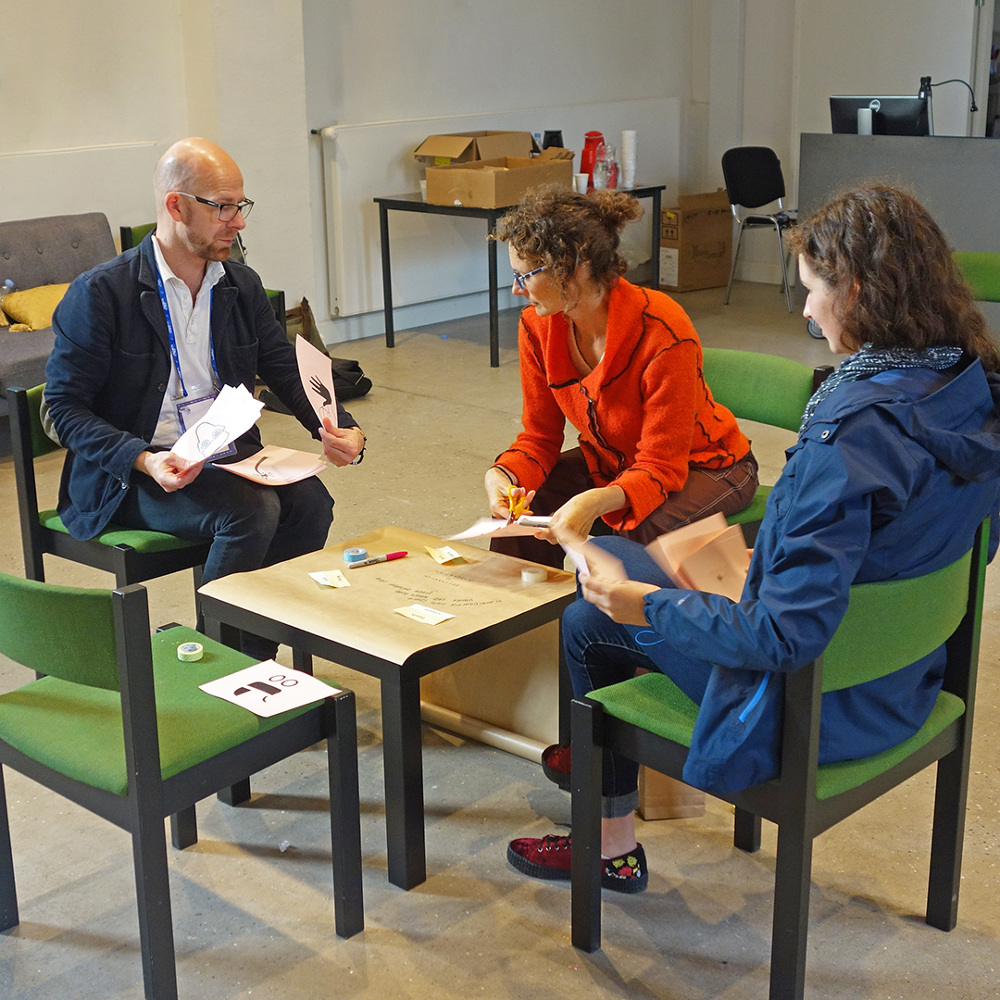



The second part of our workshop asked our participants to imagine alternative possibilities for a city’s future demands and how a range of different perspectives could cooperate.
By farming the most cited terms from the Creativity World Forum speakers’ online output, we had collected a range of words that would allow us to create future citizens. We gave our participants 4 words from our collection to make their own combinations. Once they had their future citizens we asked them to walk around the space and take on the persona of their citizen - what were their needs, desires, inputs and outputs?
In groups they had to formulate a Declaration of Cooperation for how their future citizens could co-exist. The groups had access to a collection of graphic symbols we had collected from Aarhus to help them communicate their ideas. We were impressed by how the groups threw themselves into the exercise and some interesting concepts came out. One group created the Body Policy, whereby they stated that our activities as humans had become dependant on technology and increasingly static, that we had to learn to use our bodies more dynamically in everything we did to appease tensions and become happier - quite in keeping with our thinking behind the workshop.
